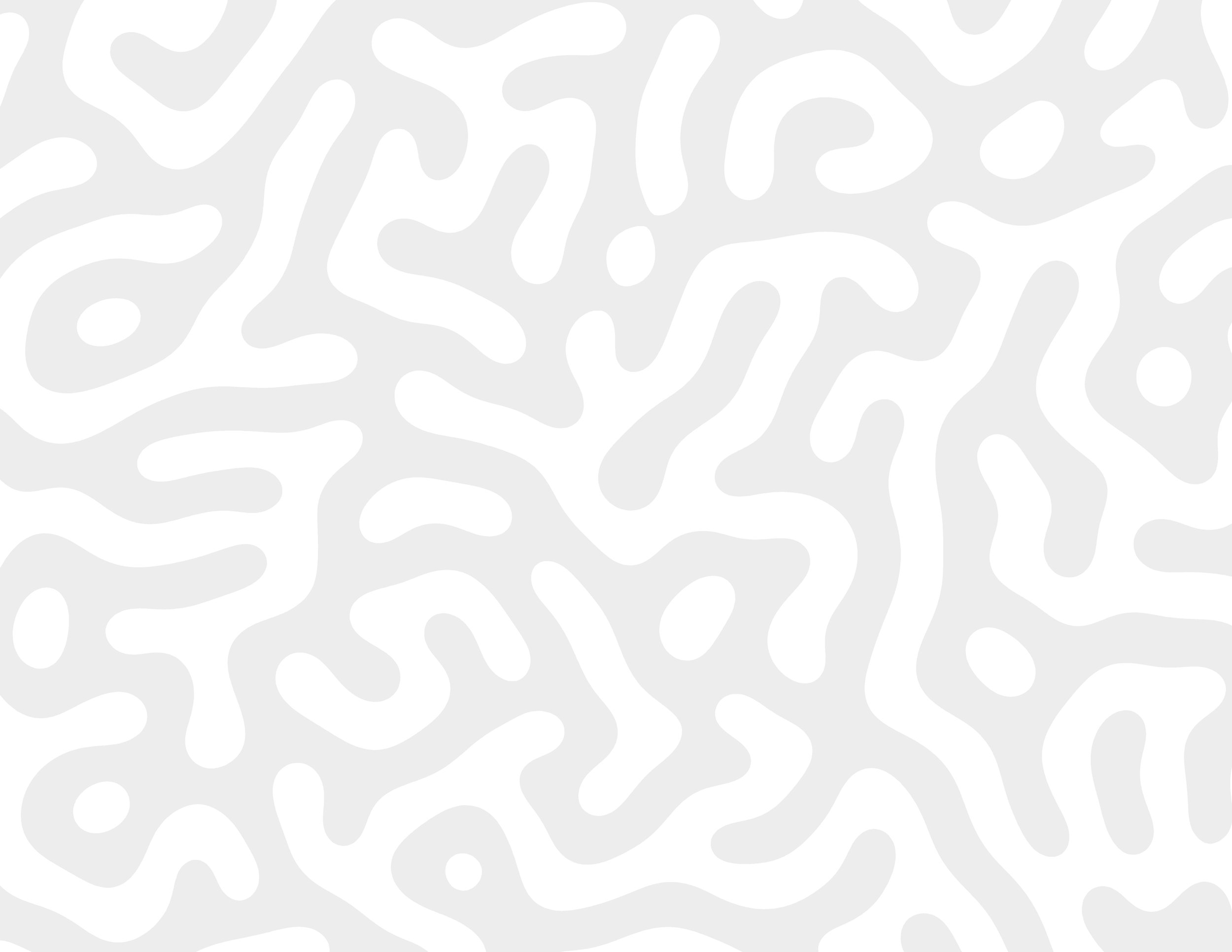
Art, or Science?
Computer-created Turing Patterns are one form of Generative Art. Such art often relies on iterative applications of functions that change the image over time, as well as random variations in shapes, colors, and lines. Turing Patterns definitely employ iteration, but no randomness unless the original seed image was generated randomly, as in Photoshop’s cloud function.
Most Turing Patterns shown on the Internet are purely digital, and pretty basic. Some digital artists have woven for themselves wonderful bags of programming tricks to create some truly mesmerizing art. Jonathan McCabe, for example, has done some amazing work with animated Turing Patterns as well as works with flowing colors like liquid flower petals. Karl Sims is an artist/software developer who put together a wonderful interactive site where users can explore animated Turing Patterns in a myriad of ways. If you have access to a program like Photoshop, you can generate Turing Patterns yourself (no math required); this YouTube video shows you how.
I have found only a few graphic artists have gone outside the digital box to present Turing Patterns done with more traditional methods such as painting or drawing. In doing so, they have fused the science of Turing Patterns with the long history of graphic art as distinct expressions of the human body’s eyes and hands. Andrew Werth has dedicated his artistic career to painstakingly painting Patterns, without tracing or stencils, that to my eye are nearly indistinguishable from computer-generated images. He even has a video on his website that shows how he does this. Other artists, either consciously or unconsciously, incorporate Turing Patterns or Pattern-like imagery in their works. Camille Burns has done paintings full of free-flowing Turing Pattern marks, a marked contrast to Werth’s tightly controlled approach.
I believe that Turing Patterns express a life force underlying both organic and inorganic forms. An artist can capture that force to great effect, without labeling it as such. Here, Keith Haring (sadly, he died young from HIV) springs to mind. His works burst with forms that wiggle and dance like Patterni themselves, an inspired blend of graffiti-like expression and comic street art. I doubt he ever knew about Turing Patterns, but if he did, he probably recognized his art’s kinship with them.
About Alan Turing (1912–1954)
This British mathematician was one of the founders of modern computing theory and laid down concepts critical to the development of Artificial Intelligence. He played a major role in enabling the Allies to break Nazi Germany’s wartime code as well. In 1952 he published a paper, “The Chemical Basis of Morphogenesis,” in which he introduced Turing Patterns as a way to mathematically describe natural phenomena such as how marks develop on animal skins. Since then, Turing Patterns have been found in all kinds of natural phenomena—sand dune formation, river systems, even galaxies.
Alan Turing was also persecuted for being gay, and in 1954 died after the British legal system forced him into being chemically castrated. He was pardoned in 2013 for the appalling way he was treated. Like Robert Oppenheimer, he was one of the most influential scientists of the 20th century, whose work had a profound affect on the world as we know it today. And the powers that be hounded both of them.